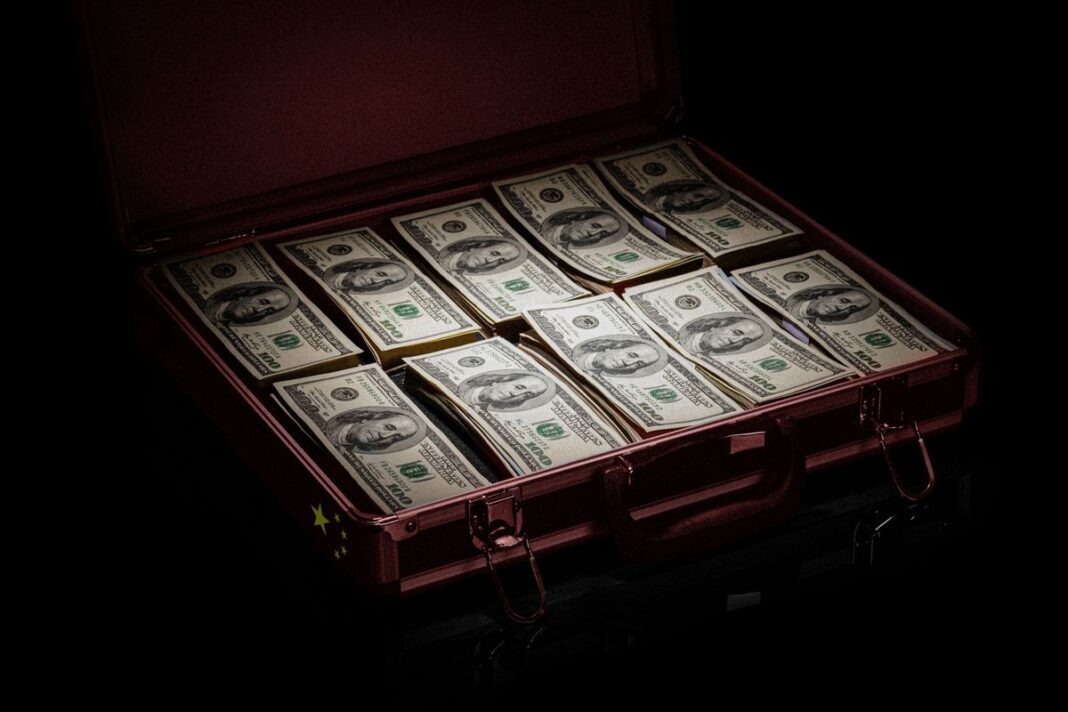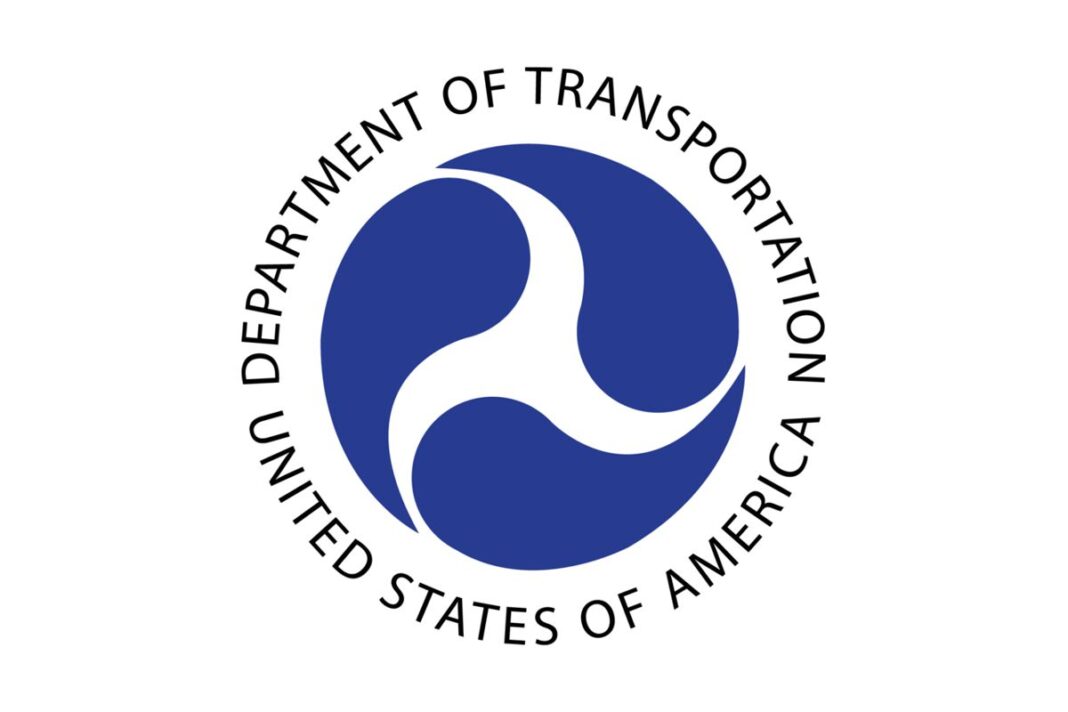Chinese money laundering networks assist drug cartels in moving their illicit profits, fueling the fentanyl crisis.
For years, the Chinese communist regime has been accused of fueling the fentanyl epidemic in the United States, a claim that gained renewed attention when President Donald Trump imposed tariffs on goods from China as well as Mexico and Canada, citing their role in the drug crisis.
Most fentanyl entering the United States is produced in Mexico using chemical precursors imported from China. According to a February White House press release, the Chinese Communist Party (CCP) actively supports these operations through tax rebates and grants, and holds stakes in companies involved in trafficking fentanyl and its precursors.
In recent years, there has been a growing amount of fentanyl being smuggled into the United States via its northern border with Canada as well.
While many Americans know that fentanyl is smuggled into the country, few understand how the trade is financed or how illicit profits move through the U.S. financial system. A recent Treasury Department report found that Chinese money launderers moved over $300 billion through U.S. banks in the past five years, helping Mexican cartels hide their profits.
Here’s a closer look at how these funds move undetected despite strict U.S. banking regulations and reporting requirements.
How China Launders the Money
The growing ties between Chinese money launderers and Mexican cartels and other criminal groups are partly the result of laws in Mexico and China that restrict money flows, according to a report issued by the Treasury’s Financial Crimes Enforcement Network (FinCEN).
In Mexico, current laws prevent large amounts of U.S. dollars from being deposited into Mexican banks. This hinders drug cartels’ ability to move their U.S. dollars through Mexico’s financial system, so they turn to professional money launderers operating in the United States.
In China, strict currency controls limit how much foreign currency Chinese citizens can purchase annually and prohibit direct transfers of yuan overseas without prior approval. This creates strong demand for U.S. dollars outside official channels.
As a result, Chinese citizens’ thirst for U.S. dollars and the cartels’ race to launder their cash have created this criminal alliance.
Cartels sell their dollars to Chinese money laundering networks, which then sell those dollars to Chinese citizens looking to bypass China’s currency restrictions.
The Chinese money laundering networks are preferred by major cartels, including the Mexico-based Jalisco New Generation and Sinaloa cartels, because of their speed, effectiveness, and willingness to absorb financial losses or assume risks on behalf of the cartels, according to the FinCEN report.
By Emel Akan








